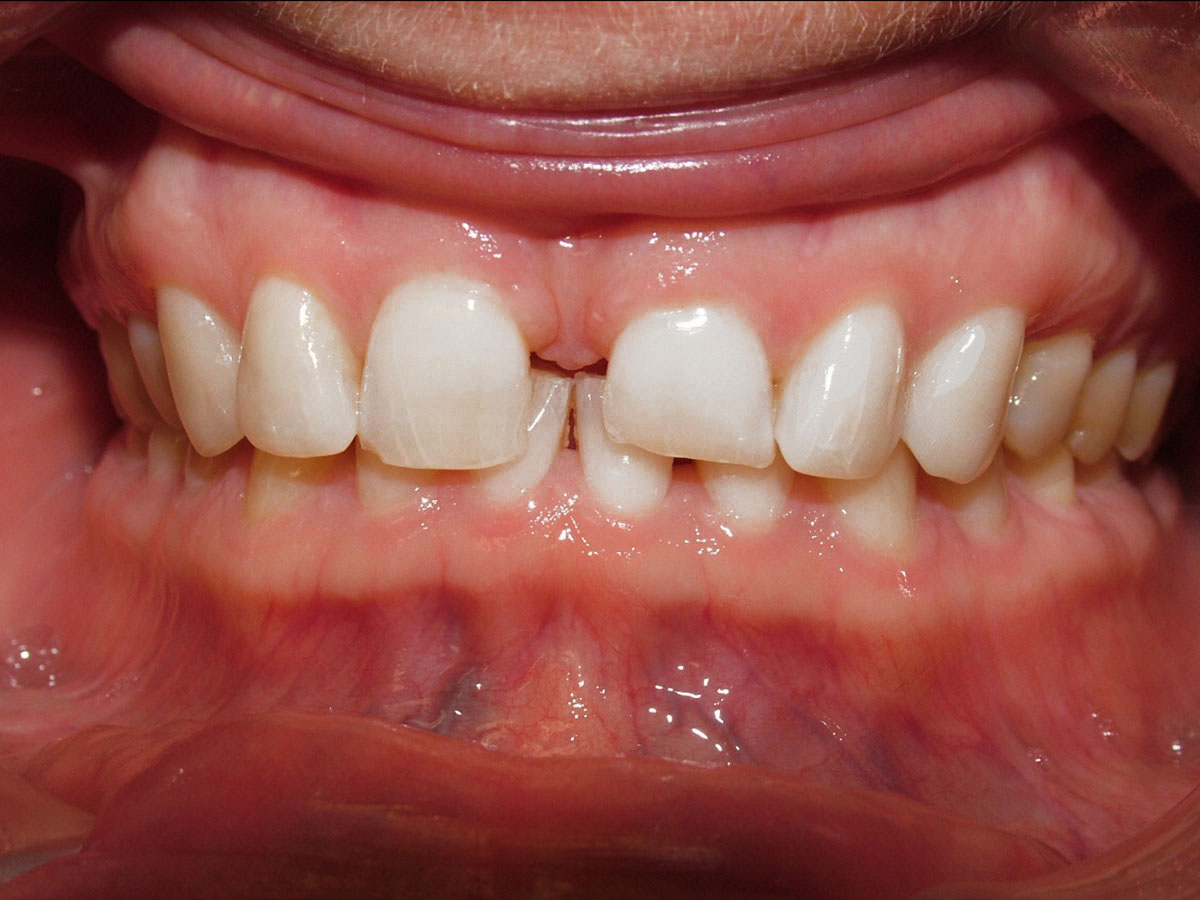Spacing is the opposite of crowded teeth, where there are visible and sometimes large gaps between the teeth – sometimes known as 'gapped teeth'.
Having extra space between your teeth, or widely spaced teeth / 'gapped teeth' can be caused by a range of factors – small teeth or larger jaw, i.e. your 'genes', or missing teeth. Gapped front teeth can also be caused by the 'fraenum' (a normal piece of tissue on the upper gum above the front teeth which connects the upper lip to your gum where it attaches a little lower than usual, or is larger or more persistent. This can create a small gap (called a 'diastema') between these two teeth.
A gap between the two upper front teeth, sometimes called the ugly duckling stage, will often close on its own after the teeth have emerged (or 'erupted'), although it is worth consulting an orthodontist if this hasn't happened by around the age of 12.
Appropriate orthodontic treatment for gapped teeth/spacing will depend on the exact causes and the person's age. Most orthodontic treatment is more effective after adult teeth have come through, which is at 11-13 years of age, although some treatment can be started at age 8-9.

